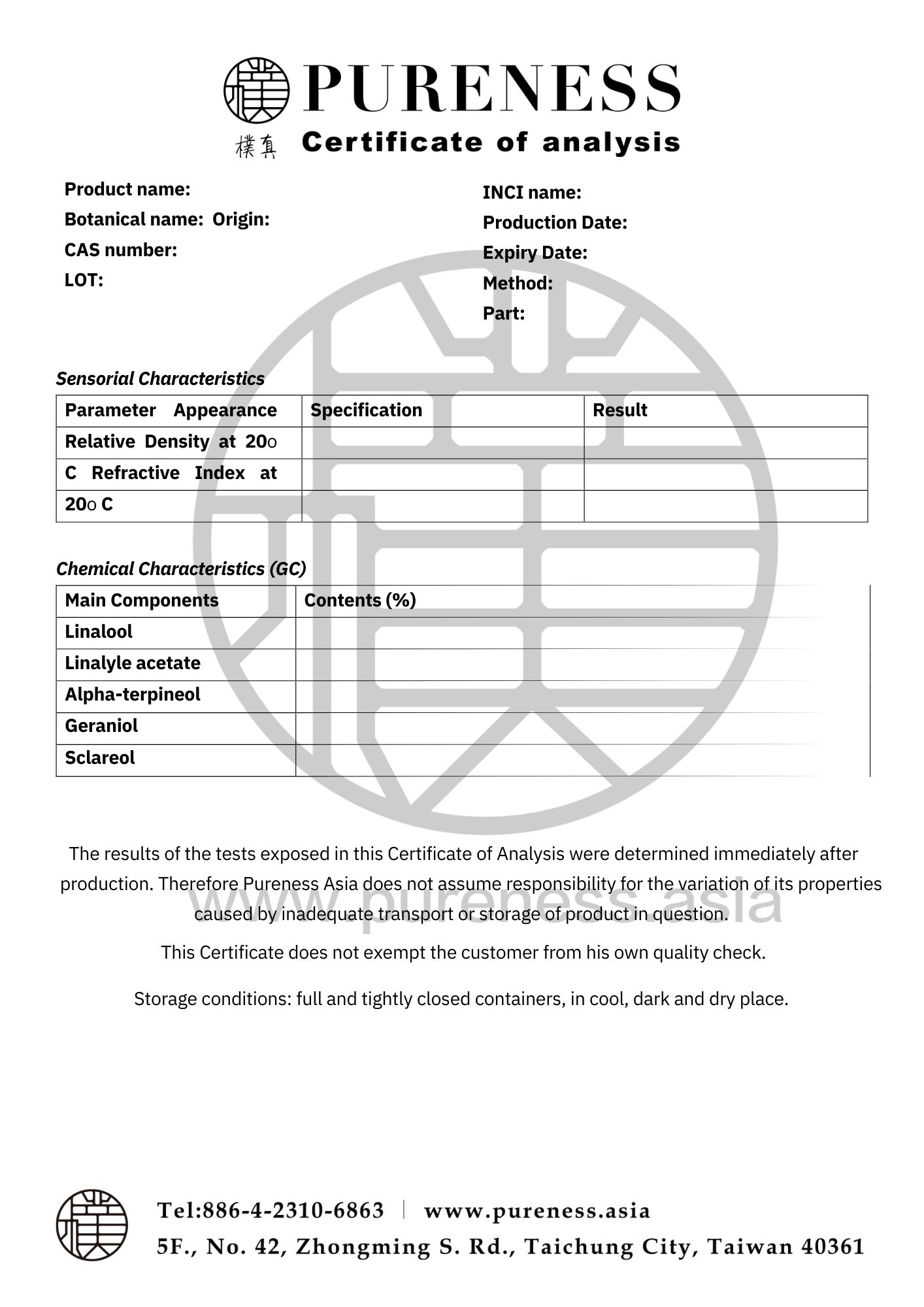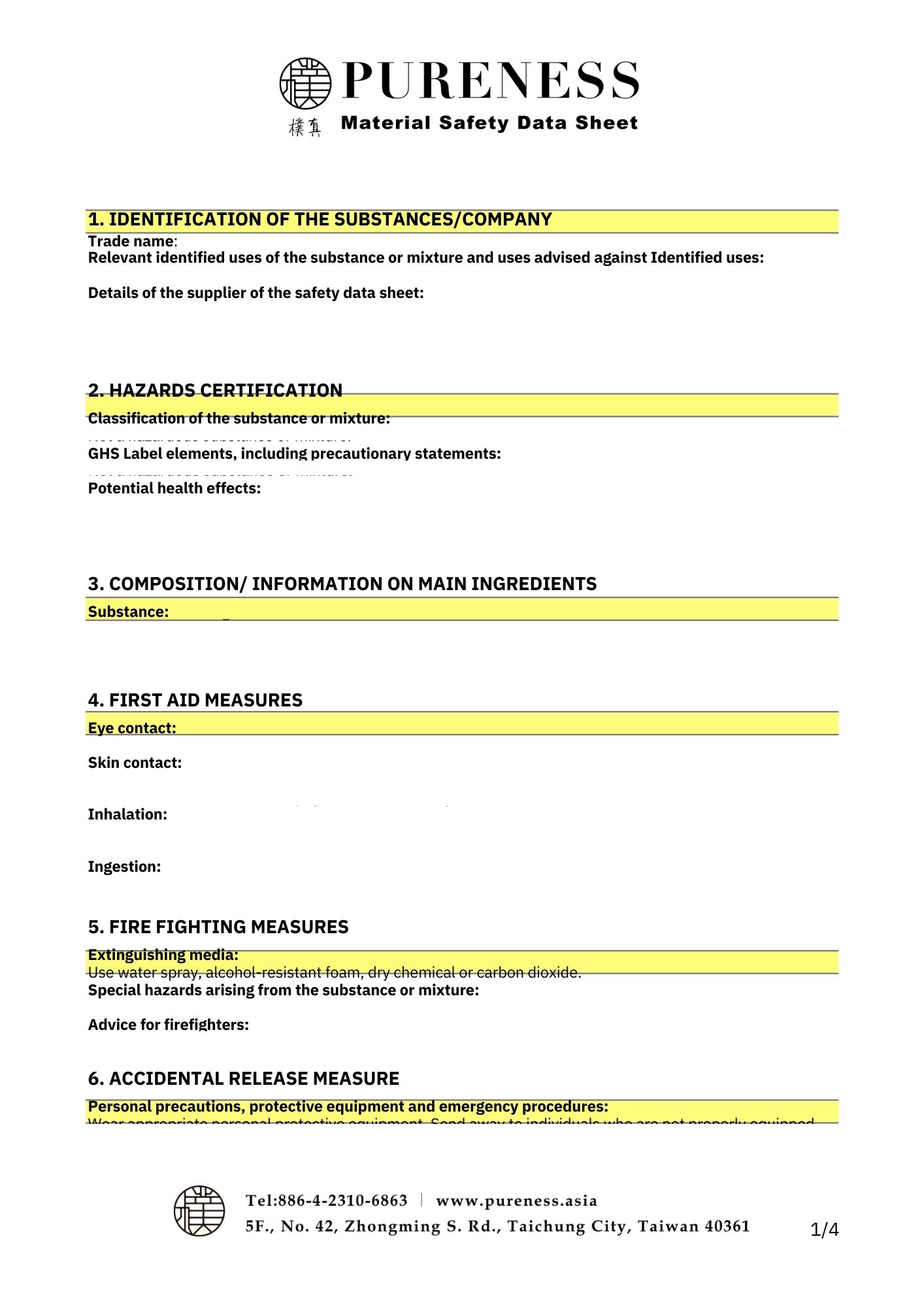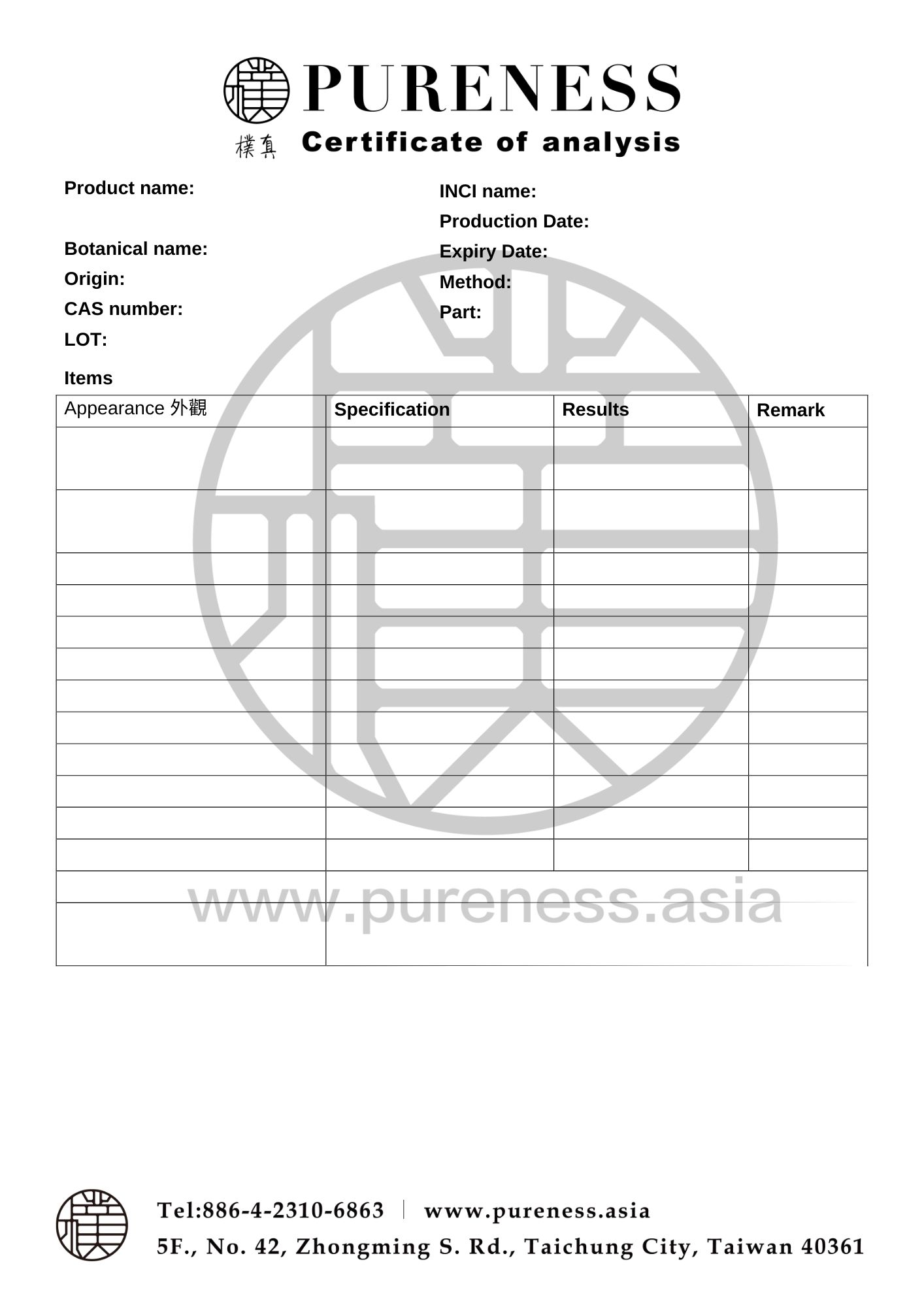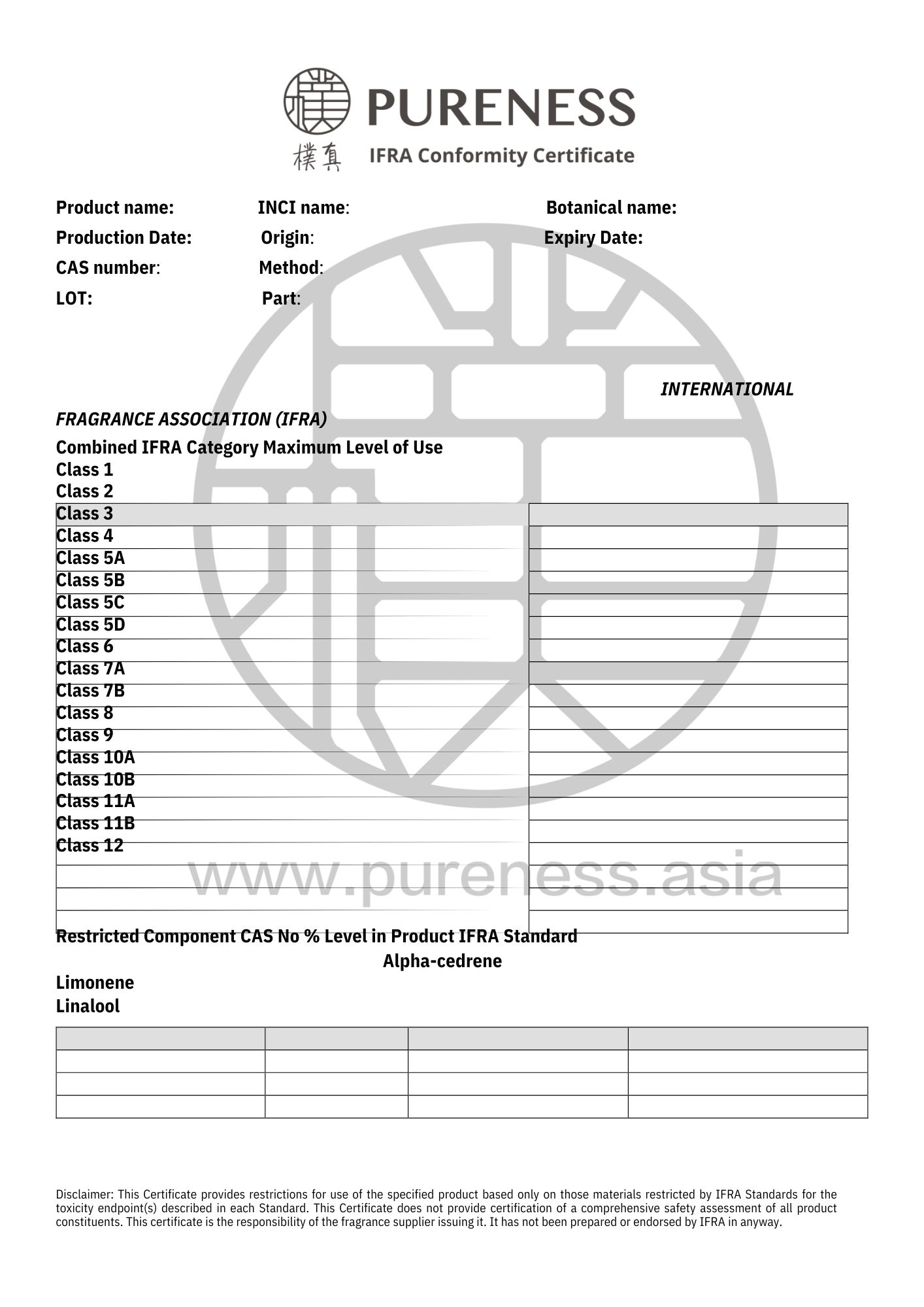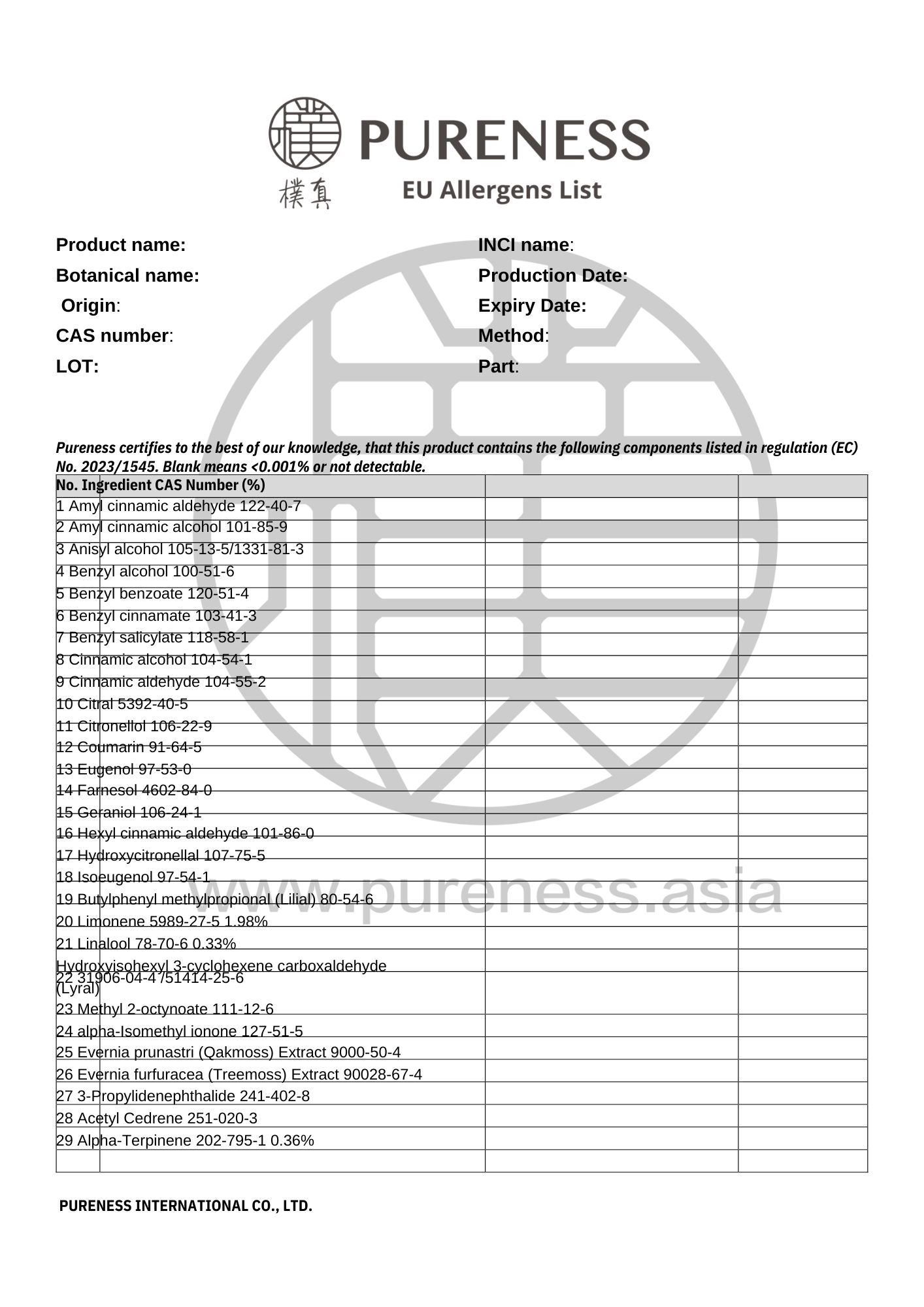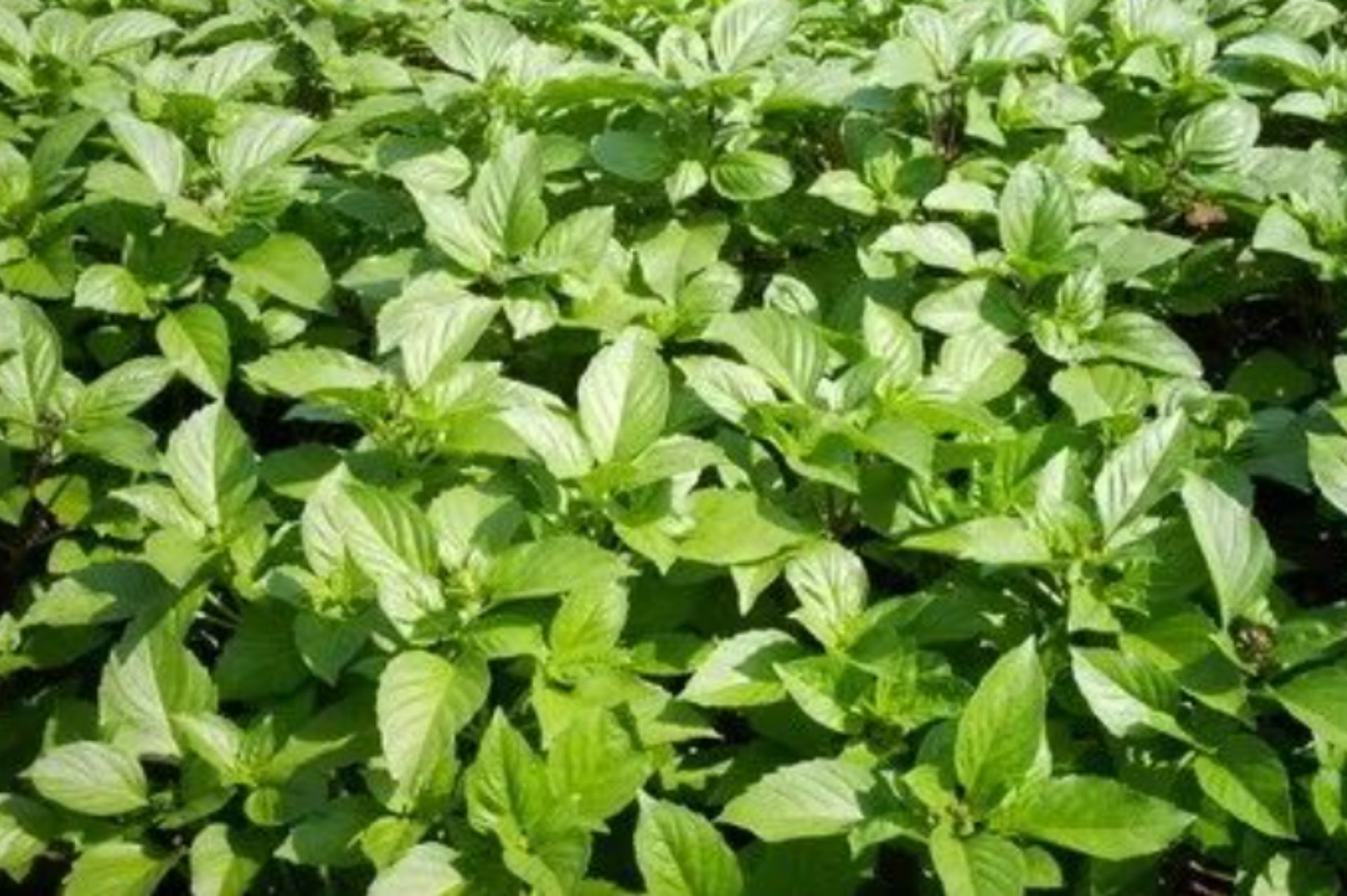
Basil sweet
Scientific name|Ocimum basilicum
Origin|Egypt
Classification|Herb series
Specifications|500g-25kg Please contact sales for details
Extraction part|Flowering whole plant
Extraction method | Distillation
Plant family|Ocimum genus (Lamiaceae)
Aroma|Warm, spicy fragrance with a soft, creamy undertone
▎Essential Oil Introduction
Sweet basil is a commonly found herb in many countries. It inherits the strong resilience typical of the Lamiaceae family, making it highly adaptable to various environments, much like thyme or rosemary. Basil is a vast family with many varieties, and it has been cultivated for over 5,000 years, beginning in India. Today, it is a key ingredient in both Italian and South Asian cuisines. The leaves have a strong, fennel-like aroma, adding a wide range of flavors to dishes.
There are numerous varieties of basil, and the chemical composition (chemotype) varies depending on where it is grown. When selecting basil essential oil, it is important to be aware of the chemotype. Sweet basil, due to its higher linalool content, is a gentler option compared to tropical basil. This makes sweet basil a more suitable choice for children experiencing digestive discomfort or bloating.
▎Component Analysis
|Main component: Monoterpenols
The main component of sweet basil essential oil is linalool. It also contains methyl chavicol, methyl cinnamate, and eugenol.
|Research Validation
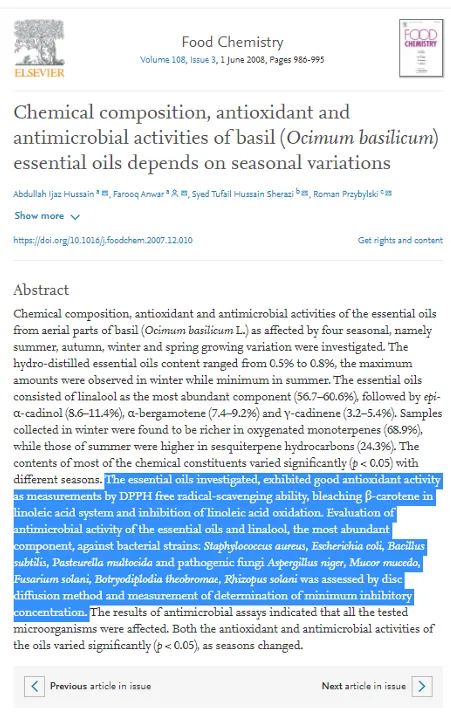
▸ Research has confirmed that sweet basil has significant abilities to scavenge DPPH, exhibit antioxidant properties, and combat pathogens. Studies have shown its effectiveness against various bacteria, including: Pasteurella multocida, Staphylococcus aureus, Escherichia coli, Bacillus subtilis.
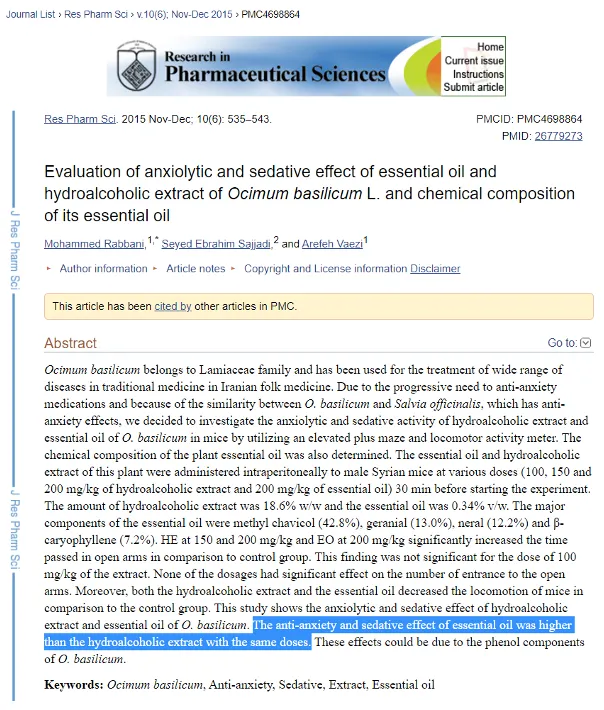
▸ Animal studies using mice have demonstrated that both basil aqueous extracts and essential oil show potential in anxiety reduction.
|Raw Material Certifications
To obtain relevant certification information, please contact us on WhatsApp.
▎References
- 沈莉莎、李嘉菱, 中醫芳療百科, 新北市: 出色文化, 2019.
- O. M. J. a. M. M. Politeo, "Chemical composition and antioxidant capacity of free volatile aglycones from basil (Ocimum basilicum L.) compared with its essential oil.," Food chemistry, vol. 1, no. 101, pp. 379-385, 2007.
- J. Hoare, 英國IFA芳香療法聖經, 新北市: 大樹林出版社, 2015.
- S. a. S. K. Miraj, "Study of pharmacological effect of Ocimum basilicum: A review.," Der Pharmacia Lettre, vol. 9, no. 8, pp. 276-280, 2016.
- 小也江里子, 精油芳療教科書, 台北市: 邦聯文化事業有限公司, 2019.
- R. v. Braunschweig, 植物油全書, 台北市: 商周出版, 2009.
- Hussain, Abdullah Ijaz, et al., "Chemical composition, antioxidant and antimicrobial activities of basil (Ocimum basilicum) essential oils depends on seasonal variations.," Food chemistry, vol. 3, no. 108, pp. 986-995, 2008.
- M. S. E. S. a. A. V. Rabbani, "Evaluation of anxiolytic and sedative effect of essential oil and hydroalcoholic extract of Ocimum basilicum L. and chemical composition of its essential oil.," Research in pharmaceutical sciences, vol. 6, no. 10, p. 535, 2015.
- Abd El-Ghffar, Eman Ali, et al., "The protective role of Ocimum basilicum L.(Basil) against aspirin-induced gastric ulcer in mice: Impact on oxidative stress, inflammation, motor deficits and anxiety-like behavior.," Food & function, vol. 8, no. 9, pp. 4457-4468, 2018.
|Some images sourced from the internet. Contact for copyright removal|
